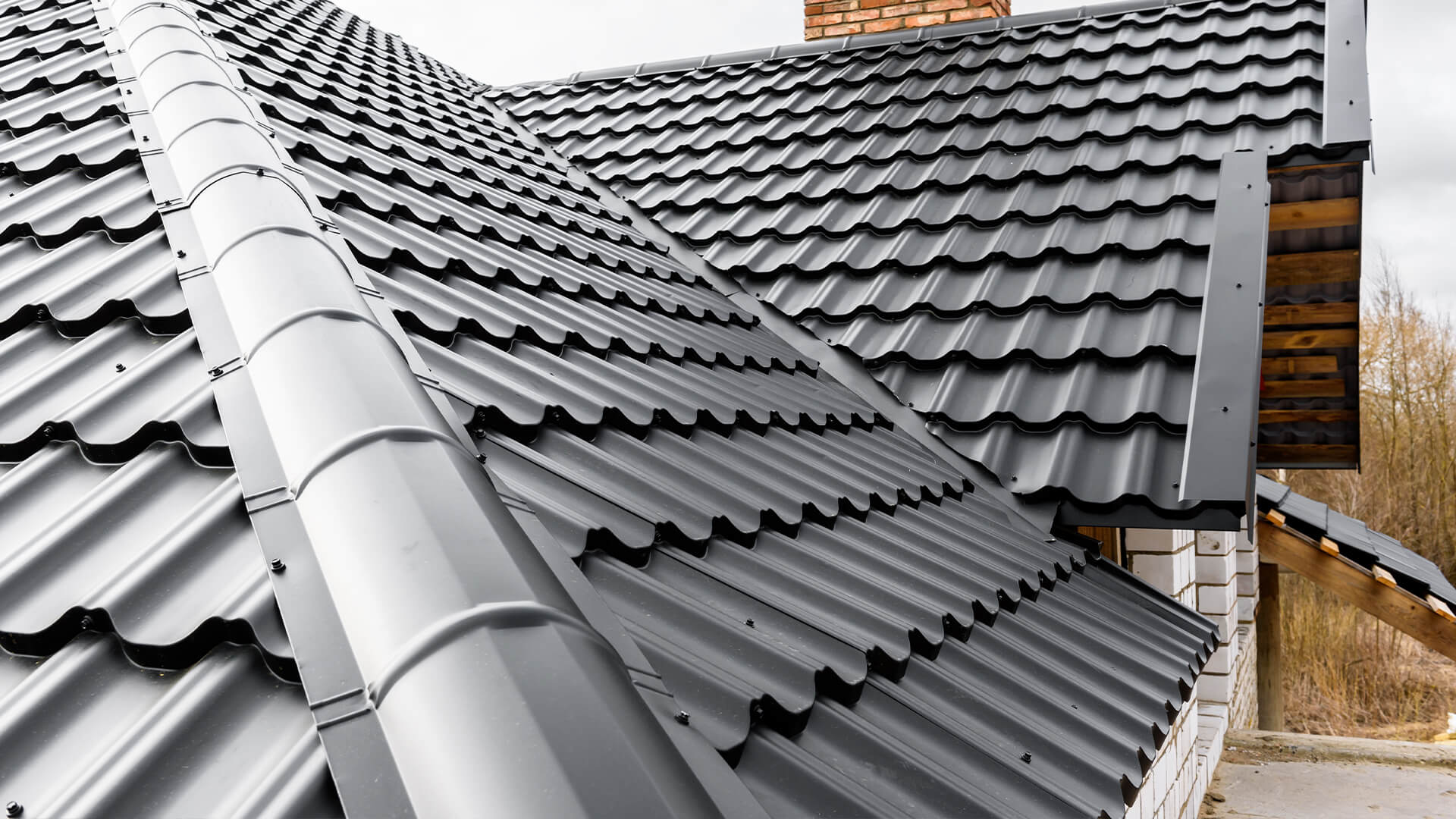Finest Practices for Ensuring Proper Roofing Ventilation
Making certain correct roof covering air flow is important for the longevity and effectiveness of a roofing system. A balanced intake and exhaust vent ratio, typically 1:300, plays a pivotal duty, with consumption vents preferably put at the lower edge of the roofing for awesome air entry and exhaust vents at the top for cozy air departure. Routine evaluations to determine obstructions and keep clear air flow are paramount. Furthermore, maintaining insulation away from vents is essential to stop air movement constraint. Recognizing these foundational components establishes the phase for even more comprehensive understandings right into installation and maintenance techniques that can dramatically enhance your roof's efficiency.
Understand Air Flow Basics
Properly comprehending air flow fundamentals is essential for ensuring the longevity and performance of roof. Effective ventilation minimizes wetness accumulation and temperature level extremes in the attic room, both of which can lead to considerable structural damage gradually. A well-ventilated roofing system aids in preventing typical issues such as mold and mildew growth, timber rot, and ice dams, which can compromise the integrity of the roofing products and the underlying frameworks.
The key objective of ventilation is to promote the activity of air, enabling a consistent exchange in between the outside and interior environments. This equilibrium is accomplished with a combination of intake and exhaust vents that function together to preserve ideal airflow. Intake vents, generally located along the eaves or soffits, enable fresh air to get in the attic space, while exhaust vents, often located at or near the roofing ridge, allow hot, moist air to run away.
Key variables affecting the effectiveness of roof covering ventilation consist of proper placement, sufficient sizing, and making certain that both consumption and exhaust vents are unobstructed. Regular examination and maintenance are critical to identify prospective obstructions, damages, or inadequacies in the ventilation system, thus safeguarding the roofing's efficiency and longevity.
Types of Roof Covering Vents
Roof covering vents play a critical duty in preserving reliable attic ventilation and, by expansion, the overall health of the roof. Various kinds of roofing system vents are offered, each with unique benefits tailored to details roof needs. Ridge vents, for example, are mounted along the roof's peak, allowing cozy, humid air to get away from the attic room. They offer constant air flow and blend seamlessly with the roofline, making them both effective and visually pleasing.

Soffit vents are mounted under the eaves and operate in tandem with roof covering vents to make sure a balanced intake and exhaust system. By permitting cooler air to go into from below, soffit vents facilitate the expulsion of warm air through upper vents. Gable vents, situated on the exterior wall surfaces of the attic room, deal an additional effective service, particularly in homes with gable roof coverings.
Examine Your Existing Air Flow

Next, consider the age and problem of your roof covering products and ventilation parts. Older systems might not adhere to present building regulations or may have deteriorated with time, minimizing their efficiency. Conduct a detailed assessment see here now to identify any indications of wear and tear, such as corrosion, damages, or voids that might endanger the system's performance.
Furthermore, measure the attic room temperature and humidity degrees. Heats and moisture can show insufficient air flow - gainesville fl roofing companies. Use a hygrometer and thermometer to acquire accurate readings, comparing them with exterior conditions. Relentless discrepancies recommend prospective problems that require resolving.
Installment Best Practices
Effective installation of roof air flow systems is extremely important for guaranteeing optimum performance and durability. Correct installation starts with recognizing the certain air flow needs of the roof and the structure it covers. This involves calculating the proper proportion of intake to wear down vents, typically adhering to the 1:300 guideline, which states one square foot of air flow for each 300 square feet of attic floor space.

Intake vents need to be set up at the roof covering's lower side, frequently in the soffits, to allow awesome air to get in. Exhaust vents, on the other hand, ought to be mounted near or at the roofing's peak to help with the exit of warm, damp air.
Seal all air vent links meticulously to avoid air leakages and possible water seepage. Usage top quality products and comply with maker guidelines to guarantee toughness and efficiency. In addition, integrating ridge vents with baffles can significantly boost airflow efficiency by avoiding wind-driven rainfall and snow from entering the attic.
Ultimately, precise setup of roof ventilation systems minimizes prospective concerns such as mold growth, ice dams, and structural damages, ensuring the roof's integrity and the structure's total wellness.
Normal Maintenance Tips
Consistency in upkeep techniques is fundamental to making certain the long-lasting efficiency of roofing ventilation systems. Throughout these assessments, ensure that vents are free of debris, nests, and various other obstructions that can hinder air flow.
Utilize a soft brush or a vacuum to eliminate dirt and debris from consumption and exhaust vents. Be careful not to harm the vent displays or louvers during the procedure.
Proper insulation is similarly important. Ensure that attic insulation does not obstruct the vents, as this can drastically limit airflow. If any type of insulation has actually shifted or settled, reposition or change it to maintain an effective barrier.
Last but not least, replace any kind of damaged or missing find out on parts promptly. Damaged vents, broken roof shingles, or worn-out blinking can all add to inadequate ventilation and ought to be resolved immediately. Routine maintenance makes sure that the roofing air flow system operates efficiently, thus extending the lifespan of the roof itself.
Final Thought
Guaranteeing proper roofing ventilation is vital for maintaining the efficiency straight from the source and toughness of a roof. Adherence to the 1:300 intake and exhaust vent ratio, coupled with the strategic positioning of vents, is important. Normal biannual inspections, particles cleansing, and guaranteeing insulation does not block air flow are vital practices. Carrying out these best techniques will foster a well-ventilated roof, consequently mitigating possible problems connected to moisture accumulation and excessive warm, ultimately lengthening the roofing system's lifespan.
A balanced consumption and exhaust vent proportion, typically 1:300, plays a pivotal function, with consumption vents ideally positioned at the lower side of the roofing for great air entrance and exhaust vents at the peak for warm air exit. Intake vents, typically located along the soffits or eaves, permit fresh air to enter the attic space, while exhaust vents, often located at or near the roofing ridge, make it possible for warm, damp air to run away.
Soffit vents are installed under the eaves and work in tandem with roofing vents to guarantee a well balanced consumption and exhaust system. By permitting cooler air to get in from below, soffit vents promote the expulsion of warm air through upper vents. Adherence to the 1:300 intake and exhaust vent proportion, coupled with the tactical placement of vents, is important.